The term “Syrian Express” was spontaneously formed in 2012, after a significant increase of Russian landing ships that has normalized the supply of weapons in Syria.
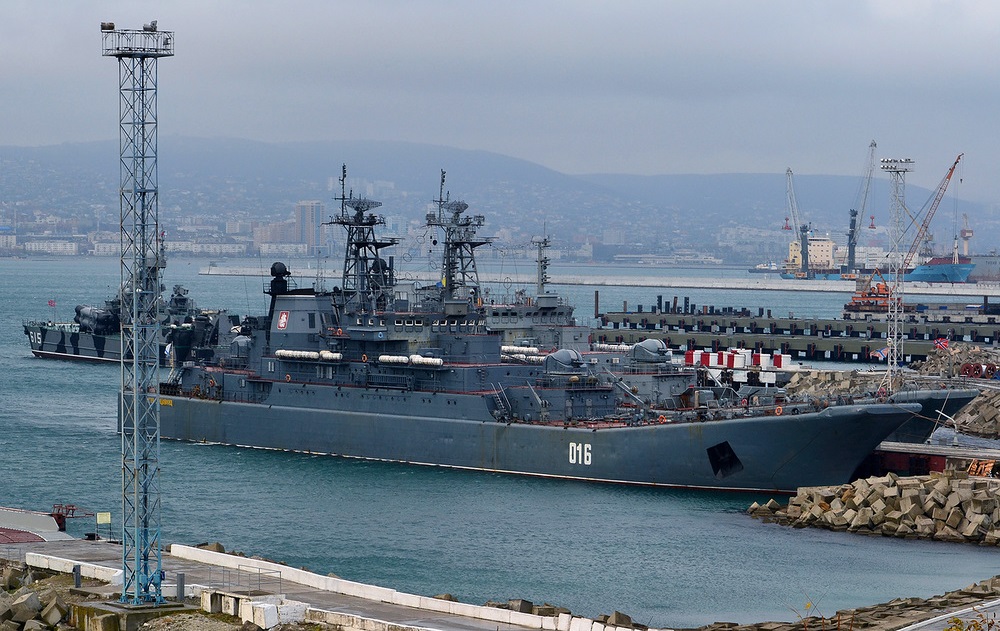
Originally appeared at Interpolit, translated by Vasya exclusively for SouthFront; Edited by Viktor Stoilov
The decision to have military naval ships delivering goods was based on the inability to delay and inspect them to third countries. According to several different sources, the navy at times used the “Syrian Transit” for 15 of their landing, transport, and auxiliary ships of different classes of the Black Sea, Baltic Sea, and North Sea Russian fleets.
Civilian merchant ships are actively used in the “Syrian Transit” under the flags of different countries. Thus, according to the naval technology company, Pole Star, if all seven ships reached the Syrian port of Tartus at the end of August, then 95 vessels with Russian goods will have arrived in Tartus between mid September and October 21st. At the peak of these operations even steam ferries were used, which are usually used in Crimea.
But not all of the cargo is trusted on merchant vessels, which can be checked by any country participating in the exchange, and therefore the Russian navy purchased and began using for the delivery of goods, purchased from Turkey and Ukrainian, dry cargo “Kyzyl-60” (formerly –Smyrna, Turkey), “Kazan-60” (formerly — “Georgi Agafonov”, Ukraine), “Vologda-50” (formerly — Dadali, Turkey), Dvinitsa-50 (formerly — Alican Deval, Turkey) and others.
On the basis of the “Syrian transit”, naval experts NSN named the following vehicles, which bear the main burden of goods delivery to Syria:
BDK “Nikolai Filchenkov”
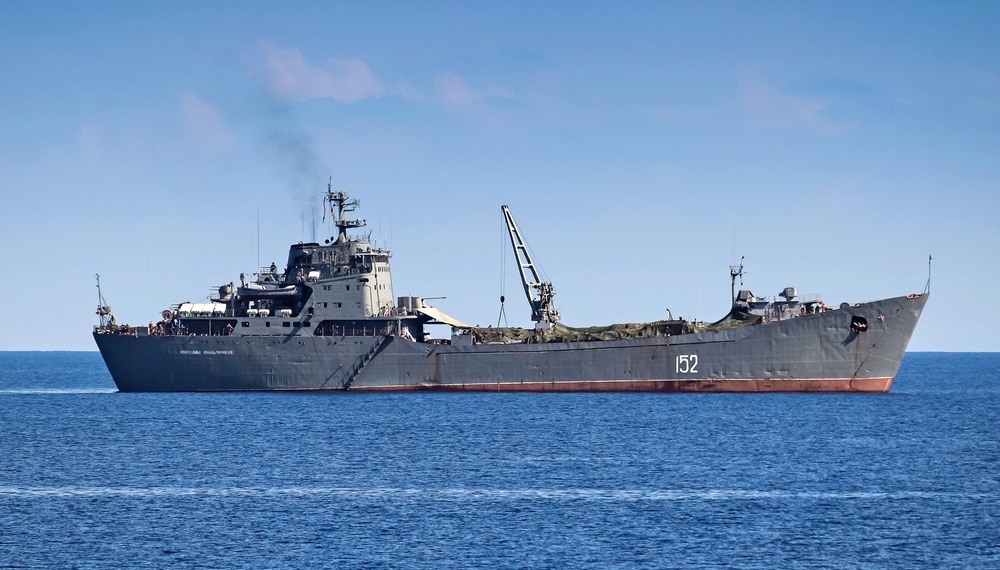
The large landing ship of the Black Sea fleet “Nikolai Filchenkov” (project 1171) can carry on board 1500 tons of equipment and goods and 300-400 people, or to translate into more material terms, 45 armored personnel carriers or 50 tractor-trailers.
VDK “Caesar Kunikov”
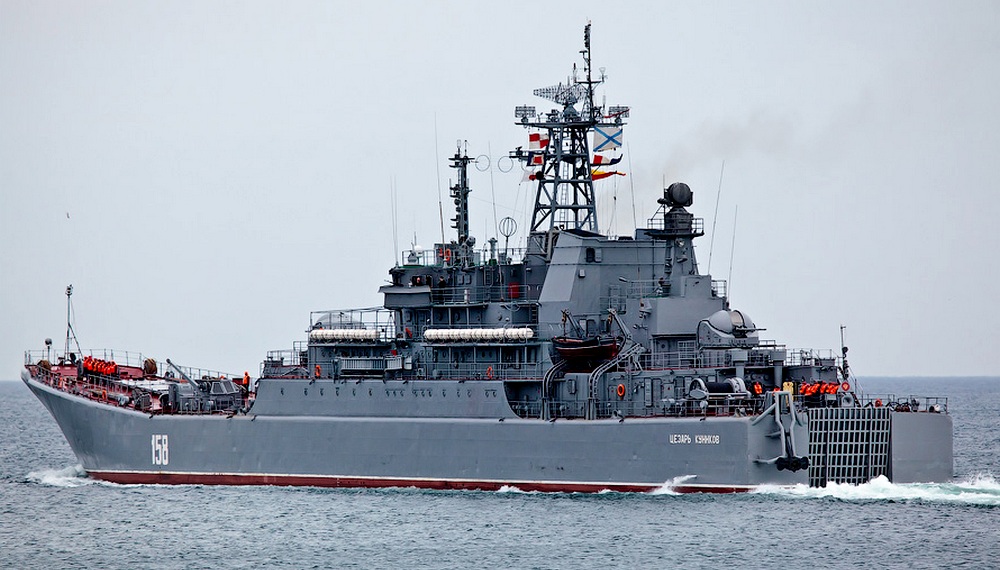
The large landing ship “Caesar Kunikov” (project 775) can carry in its cargo hold and on its upper deck 13 armored personnel carriers or 20 tractor-trailers weighing up to 500 tons.
VDK “Azov”

The large landing ship “Azov” (project 775) is a classmate to the VDK “Caesar Kunikov”, and can carry in its cargo hold and on its upper deck 13 armored personnel carriers or 20 tractor-trailers weighing up to 500 tons.
BMST “Yauza”
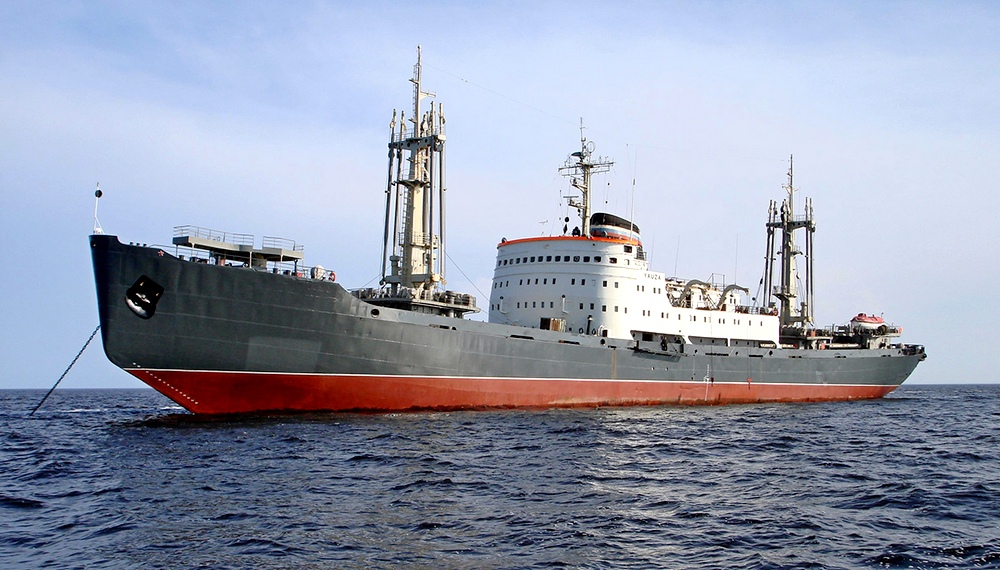
The large naval dry-cargo transport “Yauza” (project 550 M) is a unique ship. The dry cargo ship was altered from an unrealizable ship modification of the Soviet era — the disguised ballistic missile carrier project 909 “Scorpion”. In accordance with terms of reference, ballistic missile R-29 launchers had to be mounted on the ship — as is the case in our strategic nuclear submarines. In total, the ship was supposed to hold eight “Scorpions”. Each missile weighed 40 tons.
Military transport “Dvinitsa-50”
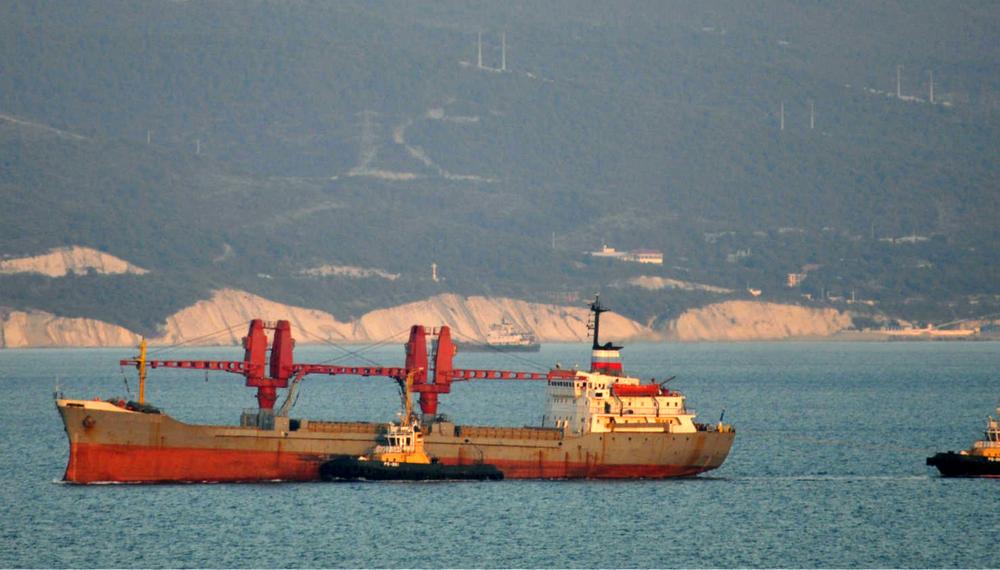
This vessel also brought a bit of repurchased Turkish dry cargo in its own time. The military transport of the Russian Navy “Dvinitsa-50” was a Turkish cargo vessel Alican Deval a year ago.
Military transport plane AN-124-100 “Ruslan”
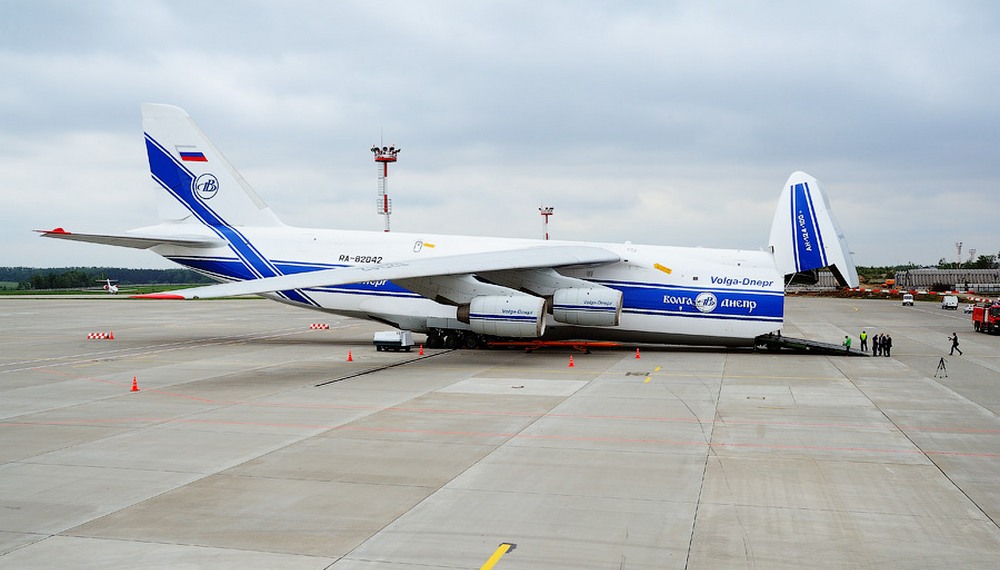
And speaking of “Syrian transit”, we must not forget to mention the super heavy military-transport plane AN-124-100 “Ruslan”.
In total, the plane is composed of 26 units. This heavy lifter can carry up to 120 tons of cargo. To haul cargo on this aircraft is expensive, but quick. The “Ruslan” aircraft provided a rapid deployment of new S-400 “Triumph” anti-aircraft missile systems in the Syrian Latakia.



